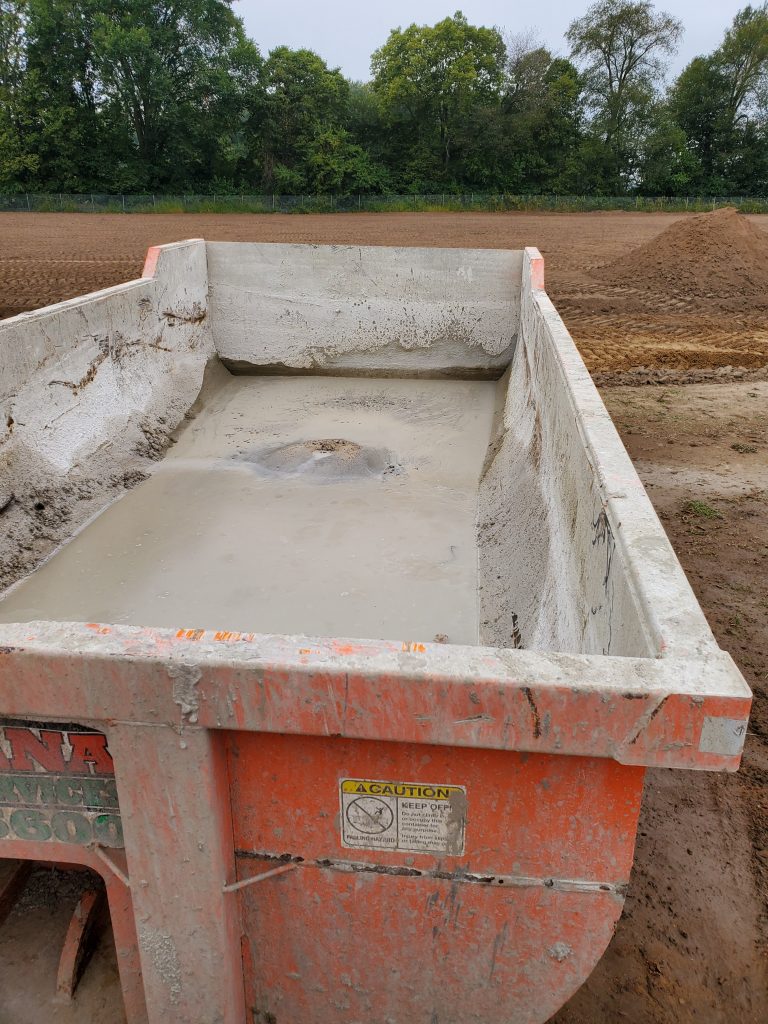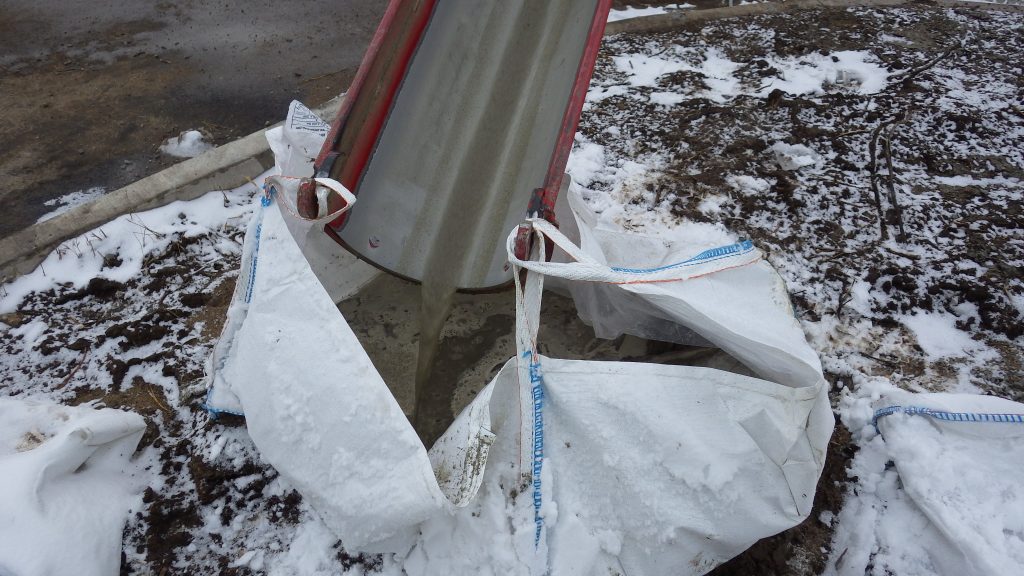A monthly Blog discussing the Best Management Practices (BMP’s) that must be used to aid in erosion and sediment control

Welcome to the first edition of Blogging BMP’s where we discuss the various best management practices used on construction sites both Urban and Rural. My name is Todd Clark and I am a conservationist for the Elkhart County Soil and Water Conservation District. My job encompasses many things, but at the core of all that I do is education and community outreach. The intention of this blog is going to be more than just giving you information that you may or may not already know, it is going to be a conversation starter about the many ways that sediment reaches our waterways and the best practices that will prevent this from happening. So here we go!
Social Distancing! This is a term that only in the last couple of months Americans have become all too familiar with. Just like many of you, I’ve had to make changes both at home and at work. I am not complaining, for me this is an opportunity creatively figure out ways to be more efficient and function independently. Fortunately, a piece of what I do includes job site inspections around the entire county. I do not need to get within 6 feet of anyone to perform this task, and there are over 170 open construction sites in Elkhart County so you can imagine the opportunity to stay busy in this strange time is abundant.
This month has brought something to my attention that most people probably have never thought about, but is a real issue. What happens to the concrete that is left over after the cement truck finishes dumping on the site? Well, I have noticed that what is supposed to happen and what actually happens are usually not one and the same.

What SHOULD Happen: A concrete washout system should be constructed on any job site that will pour concrete. This applies to the largest urban project all the way down to the poultry barn and new garage project. This area must be maintained throughout the duration of the project. When no more concrete work is required, the washout may be removed and all solidified concrete must be disposed of legally. Once that is done, the area should be backfilled, graded and stabilized. Note: you may be creative here, just make sure the washout is collected and disposed of legally.
I could give you dozens of pictures of what should not happen, but this blog is not about showing the problem, rather it is about finding the solution. If you are having concrete poured, provide the driver a place to washout legally. If you are a driver, find out where you are supposed to washout. If you are not sure how to properly manage cement or its disposal, please visit our website www.elkcoswcd.org/developers and click on the Rule 5 link. If you go to temporary and permanent site stabilization there will be a link to the IDEM stormwater manual which contains directives on all BMP’s including concrete washouts. If you would like to reach me with any questions, comments, or ideas for future topics please email me at tclark@elkhartcounty.com. Until next month, remember that if it goes in the creek, you may drink it next week!
